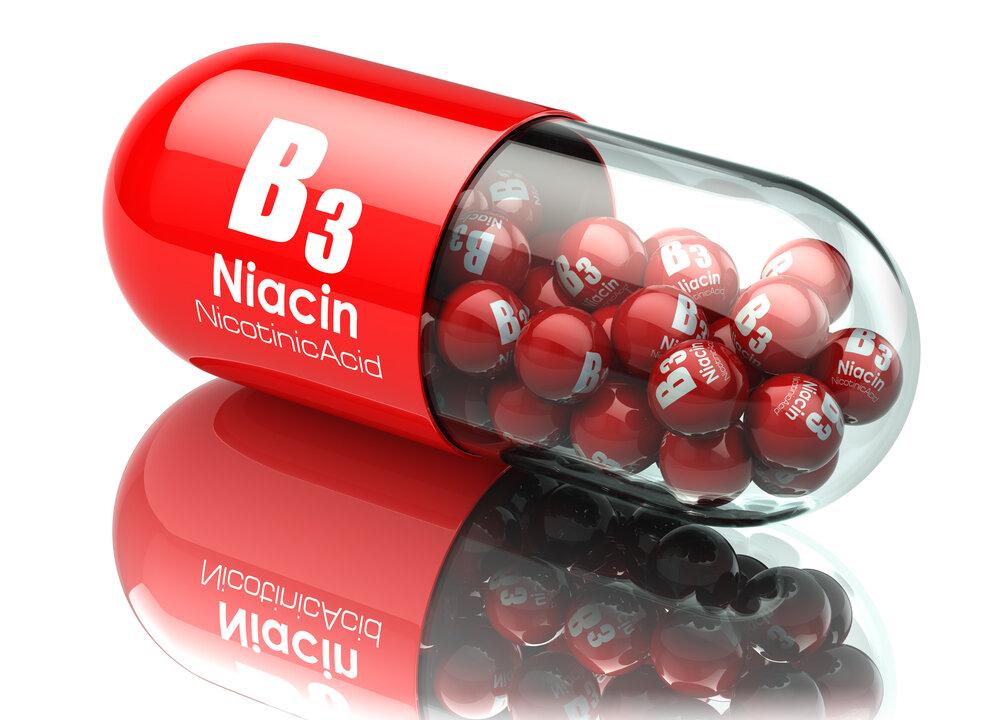Also known as niacin, the vitamin is used to “fortify” many breakfast cereal products and has previously been recommended to lower cholesterol—although some scientists and health experts dispute whether lowering cholesterol is beneficial to health.
Researchers in the United States looked at blood samples and medical records from 503,325 individuals in the United States and European countries, including the UK. They found those with a chemical called 4PY in their blood, created when the body breaks down excess niacin, were at significantly higher risk of strokes, heart attacks and other cardiac conditions.
Dr. Stanley Hazen, a physician from the Cleveland Clinic in Ohio, said niacin could be a “previously unrecognised yet significant contributor” to the development of cardiovascular disease.
‘The main takeaway is not that we should cut out our entire intake of niacin [but] a discussion over whether a continued mandate of flour and cereal fortification with niacin could be warranted,” he said.
The NHS recommends a daily allowance of niacin of 16.5mg for men and 13.2mg for women. The study, published in Nature Medicine, revealed that one in four people consumed too much and had high levels of 4PY in their blood.It is a legal requirement to fortify all white flour sold in the UK with niacin, and the amount that must be added — 2.4mg per 100g — was increased by the government in 2022, with the policy expected to come into effect later this year, once the formal process of notifying the World Trade Organisation and EU Commission has been completed.
Bread and Flour Regulations Require Fortification
The Bread and Flour Regulations of 1988 lay down labelling and compositional standards for bread and flour, and specify that four vitamins and minerals must be added to all white and brown flour—calcium, iron, thiamine (Vitamin B1) and niacin, with folic acid set to be added soon.
Wholemeal flour is exempt as the wheatgerm and bran from the grain included in the final flour are natural sources of vitamins and minerals.
There is no legal requirement to bolster breakfast cereals with vitamins and minerals, but makers can voluntarily do this in line with government guidelines, and manufacturers often market their products as being “fortified.”
Niacin can be obtained from various foods, including meat, poultry, and oily fish and in nuts, pulses and seeds in lesser amounts. A deficiency of the vitamin can cause a potentially lethal condition called pellagra, with wide-ranging symptoms said to include skin and mouth lesions, anaemia, headaches, delirium—and even, if left untreated, death.Dr. Hazen said: “Niacin’s effects have always been somewhat of a paradox. Despite lowering cholesterol, the clinical benefits have always been less than anticipated.
“This led to the idea that excess niacin caused unclear adverse effects that partially counteracted the benefits of cholesterol-lowering. We believe our findings help explain this paradox.
“This illustrates why investigating residual cardiovascular risk is so critical; we learn so much more than what we set out to find.”
Niacin Deficiency Very Rare in Developed Countries
It’s thought that everyone’s tolerance for niacin is slightly different and that excess niacin can be expelled in the urine, but overdoses can also cause flushing and liver damage.
Dr. Hazen said it is impossible to know how much niacin is ‘“too much” for individuals but suggested that a home blood test could be developed to alert people with high levels of 4YP, a metabolite which he said is produced to try and expel excess levels of the vitamin.
He said: “Niacin deficiency is very rare today because the base of our food pyramid is filled with products that are fortified, whether it be flour, cereal, grains, rice or soy.
“Those with high levels of 4PY should cut back on the carbs and eat more protein and whole foods—more of a Mediterranean style diet.”
He said that niacin used to be prescribed in high doses to individuals with high cholesterol levels, adding: “Even though it lowered cholesterol, it didn’t lower the risk of heart attack or stroke. It raised the question, what else was niacin doing that counteracted the benefits? We think we have found the answer here.”





